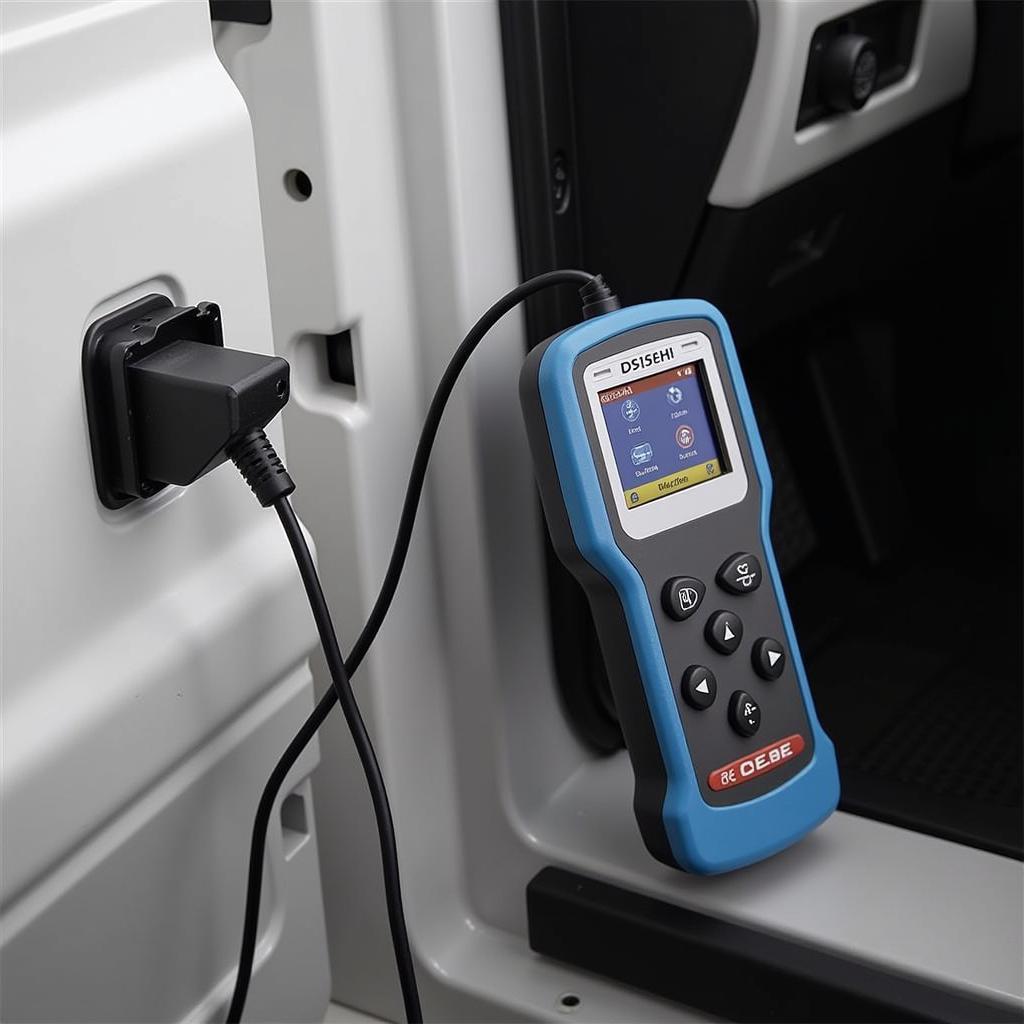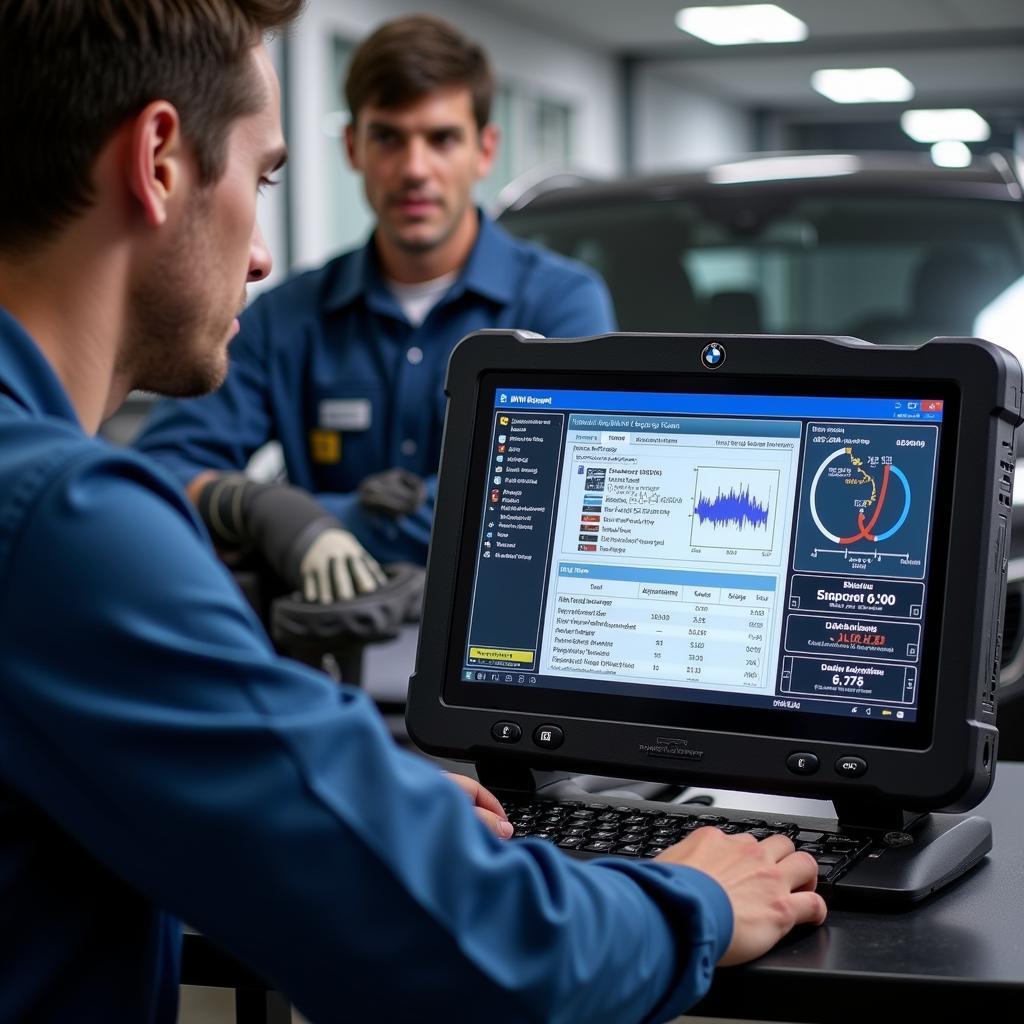Respiratory diseases encompass a wide range of conditions that affect the lungs and airways, posing significant health challenges worldwide. Diagnosing these diseases accurately and promptly is crucial for effective treatment and management. Healthcare professionals rely on a combination of patient history, physical examination, and specialized diagnostic tools to identify the underlying cause of respiratory problems. This article will delve into three commonly used diagnostic tools that play a pivotal role in diagnosing respiratory diseases.
Spirometry: Measuring Lung Function and Capacity
Spirometry is a fundamental pulmonary function test used to assess how well the lungs are working. This non-invasive procedure measures the volume of air an individual can inhale and exhale, as well as the speed of airflow in and out of the lungs.
During a spirometry test, the patient breathes into a mouthpiece connected to a device called a spirometer. The spirometer records the volume of air inhaled and exhaled over time, generating graphs and numerical values that provide insights into lung function.
Key parameters measured by spirometry include:
- Forced Vital Capacity (FVC): The maximum amount of air a person can forcefully exhale after taking a deep breath.
- Forced Expiratory Volume in one second (FEV1): The amount of air forcefully exhaled in the first second of a forced expiration.
- FEV1/FVC Ratio: This ratio compares the amount of air exhaled in the first second to the total amount of air exhaled.
Spirometry helps diagnose a variety of respiratory conditions, including:
- Asthma: Characterized by airway obstruction and inflammation, resulting in reduced airflow.
- Chronic Obstructive Pulmonary Disease (COPD): A group of lung diseases that cause airflow obstruction and breathing-related problems.
- Restrictive Lung Diseases: Conditions that restrict lung expansion, leading to reduced lung volumes.
[image-1|spirometry-test|Spirometry Test|A patient undergoing a spirometry test in a medical setting. The patient is seated and breathing into a mouthpiece connected to a spirometer. The spirometer displays real-time measurements of lung function.]
Chest X-ray: Visualizing the Lungs and Surrounding Structures
A chest X-ray is a common imaging test that uses a small dose of radiation to produce pictures of the chest. It provides valuable information about the lungs, heart, ribs, and other structures within the chest cavity.
Chest X-rays are often one of the first imaging tests performed when respiratory problems are suspected. They can help identify:
- Pneumonia: An infection of the lungs that causes inflammation in the air sacs.
- Tuberculosis: A bacterial infection that primarily affects the lungs.
- Lung Cancer: The uncontrolled growth of abnormal cells in the lungs.
- Pneumothorax: A collapsed lung caused by air leaking into the space between the lung and the chest wall.
- Pleural Effusion: The buildup of fluid in the space between the lung and the chest wall.
[image-2|chest-x-ray|Chest X-ray|A chest X-ray image displaying the lungs, heart, and surrounding structures. The image reveals clear lung fields, indicating normal lung health.]
Pulse Oximetry: Measuring Blood Oxygen Levels
Pulse oximetry is a simple, non-invasive method for measuring the oxygen saturation of arterial blood. It provides a quick and reliable estimate of how much oxygen is being carried by red blood cells throughout the body.
A pulse oximeter is a small, clip-like device that is usually placed on a fingertip. It emits light waves that pass through the blood vessels in the finger. The amount of light absorbed by the blood is used to calculate the oxygen saturation level.
Normal blood oxygen saturation levels typically range from 95% to 100%. Lower levels may indicate:
- Hypoxemia: A condition in which the blood oxygen level is below normal.
- Respiratory Failure: A serious condition in which the lungs are unable to provide enough oxygen to the body.
- Sleep Apnea: A sleep disorder characterized by pauses in breathing during sleep.
- Heart Failure: A condition in which the heart is unable to pump blood effectively.
[image-3|pulse-oximeter|Pulse Oximeter|A close-up image of a pulse oximeter clipped onto a patient’s finger. The pulse oximeter displays the patient’s blood oxygen saturation level and pulse rate.]
Conclusion
Diagnosing respiratory diseases relies on a comprehensive approach that combines patient history, physical examination, and specialized diagnostic tools. Spirometry, chest X-rays, and pulse oximetry are three indispensable tools that aid healthcare professionals in identifying and managing a wide range of respiratory conditions.
These tools provide valuable information about lung function, visualize lung structures, and measure blood oxygen levels, respectively. By utilizing these diagnostic tools effectively, healthcare providers can make accurate diagnoses, develop appropriate treatment plans, and improve patient outcomes.
If you are experiencing any respiratory symptoms or have concerns about your lung health, it is essential to consult with a qualified healthcare professional. For more information on automotive repair tools and software, please visit ScanToolUS or call us at +1 (641) 206-8880. Our office is located at 1615 S Laramie Ave, Cicero, IL 60804, USA.



